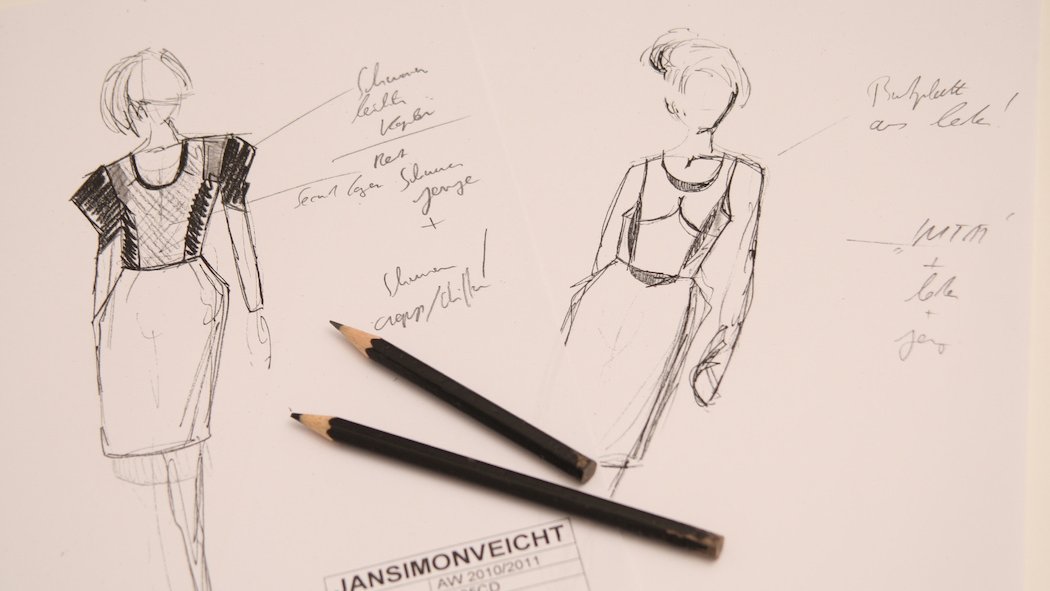Layout, Design
Good design is in demand in many industries. There is a correspondingly wide range of study options: Audio, communication, media, product or game design as well as textile and jewellery design are available.

Overview of the academic discipline
Giving shape to ideas is the central concern of this area. The spectrum ranges from the design of objects for everyday use to the creation of illustrations and the design of soundscapes, fashion, textiles or jewellery...
The degree programme teaches the important design and technical basics. These include materials science, design theory, software skills and modelling. Digital technologies are also used.
Which topics are included in the curriculum?
- The course content can vary considerably depending on the degree programme. The undergraduate degree programme in Product and Industrial Design includes the following modules, for example: Representation techniques; design history; colour, form, composition; art history; material and production technology, media techniques CAD and DTP; technical communication and drawing basics.
- The Communication Design/Visual Communication course covers the following: audiovisual language; colour, form, composition; photography; basics of communication design; interaction/interface; art, cultural and design history; typography; visual language; drawing basics.
- In audio and sound design, the modules include acoustics, electrical engineering, film and media history, music informatics, music theory, sound recording, media law and mathematics.
- Photography is also part of this area, with modules such as Image Editing - Research, Laboratory, Fundamentals of Photography and Digital Technologies.
- In game design, on the other hand, the degree programme covers topics such as computer graphics, data protection and media law, databases, programming, design and drawing.
- A degree programme in media design and art provides knowledge in animation, 3D design, screenwriting and dramaturgy and media science, among other things
- The fashion design programme covers CAD systems, cutting, textile technology, art and costume history as well as management and marketing.
- Jewellery design includes modules on design theory, art history, mineralogy, gemstone and jewellery design as well as techniques and materials.
Knowledge and skills can be expanded and specialised in the advanced study programme.
Artistic and creative work samples, e.g. in the form of an artistic portfolio, are often mandatory for admission to the degree programme. Sometimes there are also assessment procedures to check personal aptitude or internal university selection procedures. Some universities also require relevant pre-study work placements of varying duration.
What are the requirements?
Depending on the chosen specialisation, a good knowledge of the following school subjects is important for a degree course in design: art, computer science, economics/law and English.
What study programmes are there to choose from?
There is an extremely wide range of degree programmes in this area, including communication design, digital product management, product design, visual communication, fashion design, industrial design, photography, game design and media design.
What job opportunities are there after graduation?
Designers work in design studios and offices, in advertising, media and multimedia agencies as well as in the development and design departments of companies. Media and communication designers work primarily in advertising and public relations, but also in new media. Industrial and product designers are employed in the consumer and capital goods industry.
In addition, designers can also work for newspapers, magazines or publishing houses, film and television as well as for software providers.
